300cc Motorcycle Size
300cc Motorcycle Market Growth Projections and Opportunities
The market dynamics of the 300cc motorcycle segment have undergone remarkable changes recently, caused by shifting consumer preferences, technological advancements, and a global drive towards sustainable and efficient transportation. Evolving consumer demand for versatile and commuter-friendly bikes with a touch of sportiness is one of the main drivers shaping the market dynamics of the 300cc motorcycle segment. The development in technology has played an important role in influencing the industry dynamics of the 300 cc motorcycles. By considering the incorporation of innovative features such as digital instrument clusters, advanced braking systems, and improved safety measures, manufacturers have spent on research and development. These technological upgrades make the overall riding experience better and improve the safety and reliability of motorcycles, which are key concerns for consumers. Also, environmental consciousness and strict emission norms are affecting market dynamics in the 300cc motorcycle segment. As concern for environmental degradation grows globally, customers are choosing motorcycles that consume less fuel yet comply with stringent pollution guidelines. Market dynamics resulting from affordability is also another determinant in the 300cc motorcycle sector. Consumers seek performance as well as features while keeping budgets in consideration. In order to cater to this price-sensitive market, manufacturers offer motorbikes that ensure a good compromise between price competitive advantage and effective outcomes (Davidson et al., 2012). Market dynamics within the 300 cc, therefore, take into account cultural aspects like lifestyle choices that relate to it being used as a recreational activity or sports bike. Motorcycles in this category often exude a sporty, adventurous image that riders want to blend with style plus functionality aspect; hence, manufacturing companies take advantage by developing bikes with attractive-looking aesthetics so that they can capture the attention of riders who perceive them not just mean travel but more importantly life way. Moreover, regional factors alongside regulatory frameworks affect market dynamics, too. Different regions may have their tastes, while local regulations might limit available models to be sold in these areas, thus changing what is offered for sale there (Galli & Kase, 2016). In the 300cc motorcycle market, there is intense competition, with both established and new players fighting for the market share. The segment's popularity has resulted in numerous models and brands to choose from, hence providing consumers with a variety of options. In conclusion, consumer preferences, technological advances, environmental concerns, pricing considerations, lifestyles, and geographical characteristics all make up the dynamics of the 300-cc motorcycle market. As demand for efficient and versatile motorcycles continues to rise in this area, companies operating within this category need to remain agile so that their products can meet customer expectations and requirements.
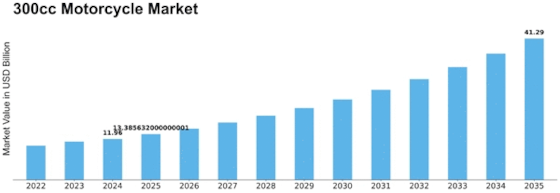

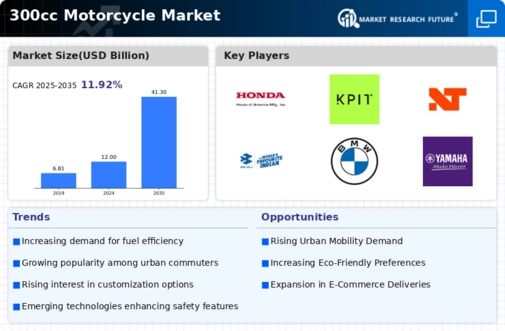
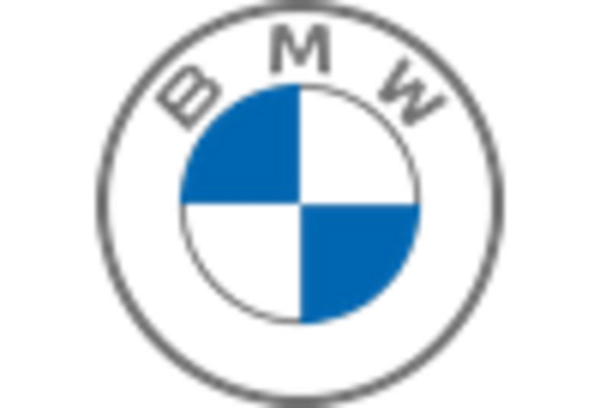
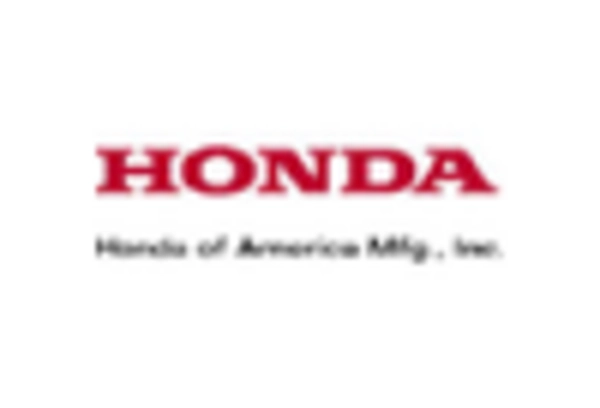
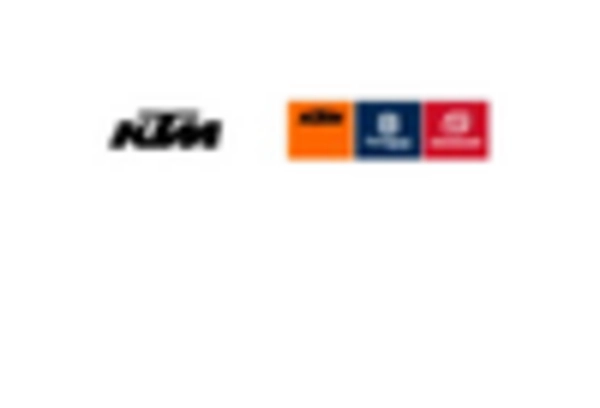
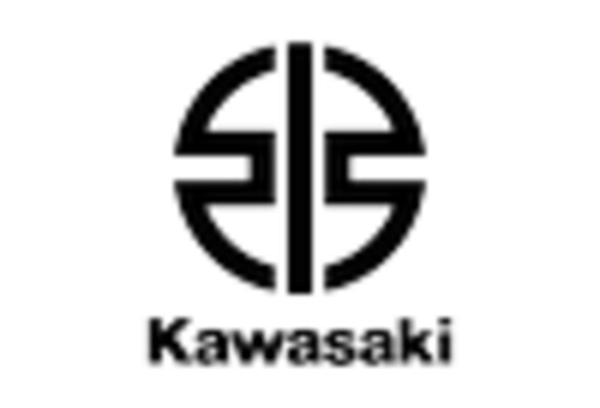
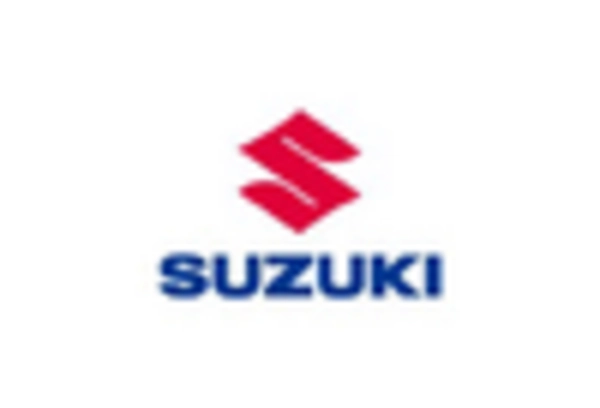










Leave a Comment